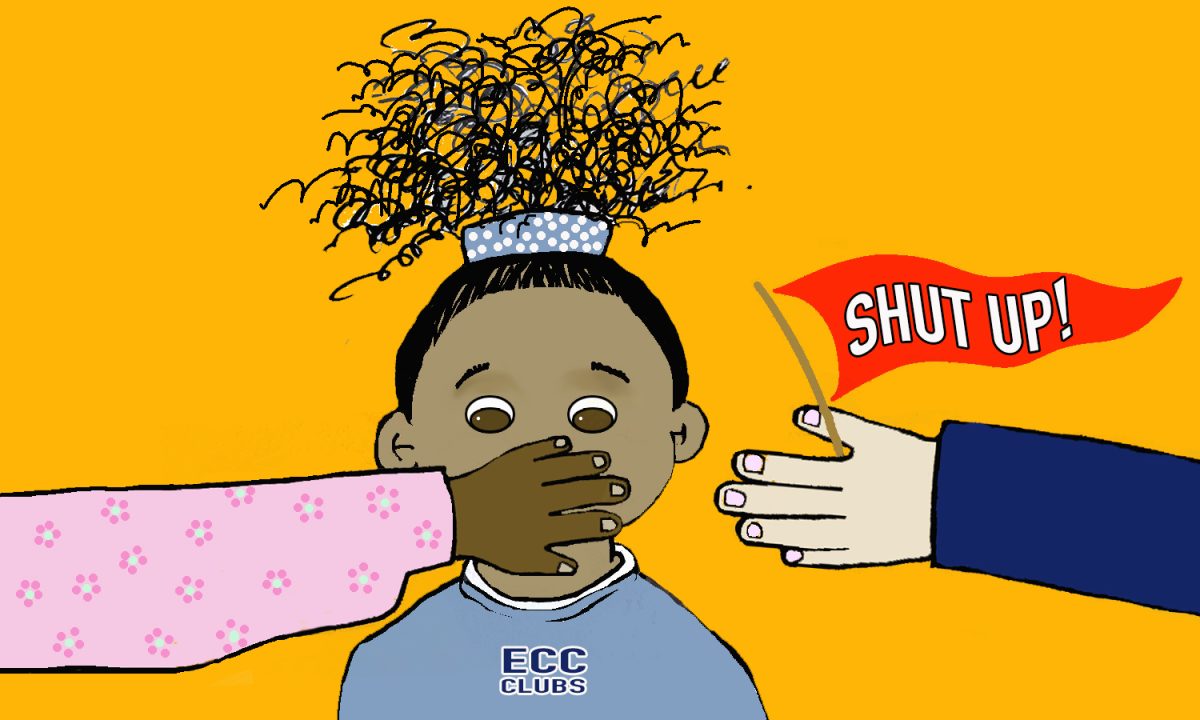The homeless population around El Camino are clearly not deterred by the numerous attempts to remove them so it is in the college’s best interest that they make it clear that they are friends not adversaries.
In the fall semester alone there have been three sweeps of homeless encampments near El Camino by the LA County Sheriff’s Department, the LA County Department of Public Works, the Los Angeles Homeless Services (LAHSA), and a host of different authorities.
However, after each sweep the homeless encampments reappear and often times it is the very same people who were just removed, being veterans of this cycle of removal.
The city of Torrance, where the campus of El Camino is located, has been seeing a steady increase in the homeless population according to data based on a census released by the LAHSA.
Torrance is not alone in facing a huge increase in homeless population. According to the LA Times the homeless population in the city of LA has increased by 75% in the past six years.
The homeless in the area clearly see El Camino as a resource and come onto the campus for all sorts of reasons, safety and security being a common reason expressed to Union reporters by members of homeless encampments in the past.
It is not El Camino or the EC Police Department themselves conducting these sweeps, but it would be understandable to see how the homeless population may be beginning to feel very unwelcome.
Adam Eichner, a resident of the homeless encampments, said that he has lived in many places before coming to the Dominguez Channel.
Eichner said “They’re just trying to stereotype us as dirty and ugly, so that they feel better for attacking us for no reason.”
El Camino already offers a variety of resources for students who need assistance. For example, the Warrior pantry offers free food for students and there are free bus passes available to homeless students.
El Camino should start a charity to help the homeless residents close nearby live a healthier and cleaner lifestyle. Food, clothing, blankets, and more would all be a good first step in a direction that the college has not begun towards.
Public Information Officer for El Camino Marc Stevens, said “El Camino doesn’t take any direct action on the homeless encampments because they’re not on campus property.”
However, residents from the homeless encampments are frequently coming onto campus so it stands to reason that the college should want to help those residents.
Some residents of the homeless encampments are even former EC students. Jay Tran, who was a student studying massage therapy, is a current resident of the homeless encampments in the Dominguez Channel and said “I don’t want to be a nuisance to El Camino.” and “Its just simply that I have nowhere to go.”
Guidelines for responding to unsheltered homelessness released by the LAHSA state “Support the health and safety of all community residents, including unsheltered residents.”
In researching for this story I met with the homeless residents in the encampments along the Dominguez Channel and many of them were quite reluctant to talk to me, afraid that the exposure would lead to another sweep.
None of the homeless residents I met with were unstable or aggressive in any way or form.
When the dialogue would begin however, many of the residents were very animated and willing to sound off on the harsh realities they faced. Chief among them were the sweeps but also the amount of animosity they faced from society, a society they too were once a part of.
I could easily tell by their words that they see this animosity from their surroundings constantly. It was as if they had to apologize for living.
The homeless residents close nearby El Camino are people who could use a gesture of kindness. El Camino should not help them because they are legally required to do so but because it is the right thing to do.











